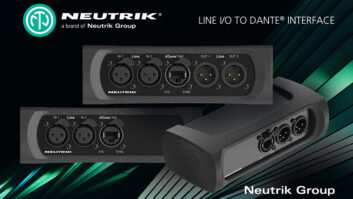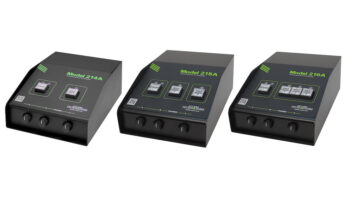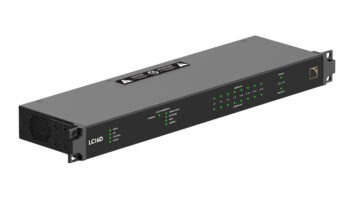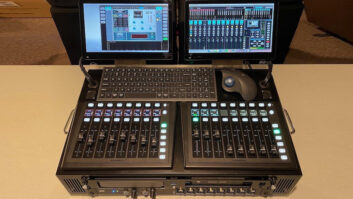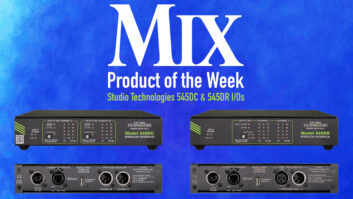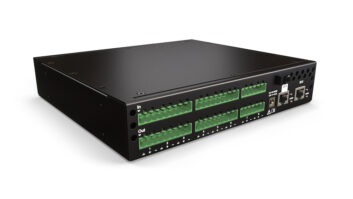Few things are more inspirational to art than heartbreak, which is why breakup albums have proven to be a longtime staple in the music industry and in heavy rotation on playlists. Their impact can’t be ignored—Fleetwood Mac’s Rumours, Beck’s Sea Change, Taylor Swift’s RED, Bob Dylan’s Blood on the Tracks — the list goes on and on.
But what happens after?
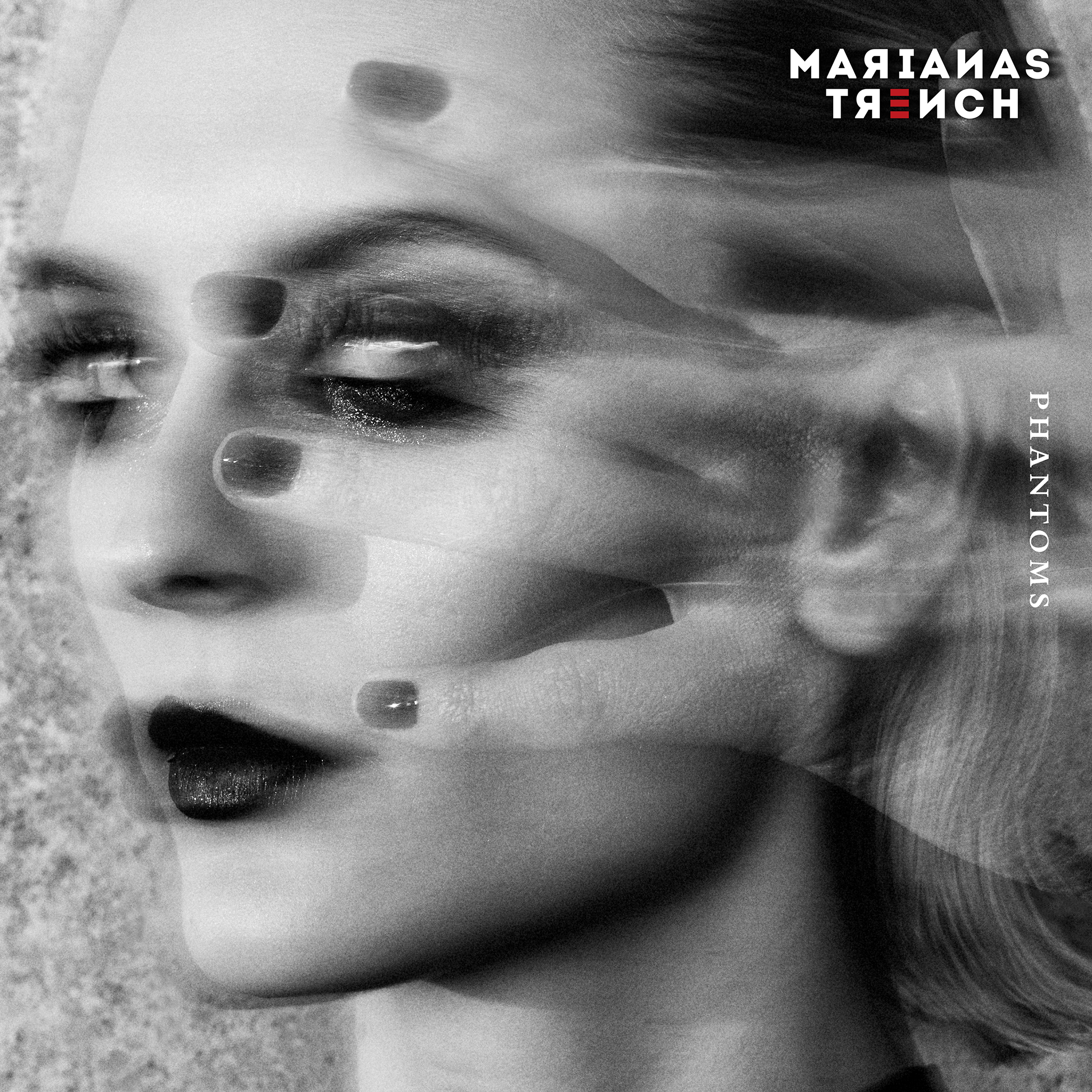
Marianas Trench’s latest album, Phantoms, thematically picks up right after their last album, the ’80s-inspired Astoria. Though essentially a breakup album, Astoria set the scene using sounds reminiscent of ’80s classics—and gear from the time period—to tell the tale of splitting up and moving on. However, it isn’t always easy to move on, and Phantoms finds our protagonist unable to forget the love that’s lost, leading to what would seem to be an unlikely theme for a modern pop album—Edgar Allen Poe.
But when you want to convey being haunted to madness by a former love, no one fits the bill better than Poe.
Still, the theme came about from lighter thoughts. “I was thinking about our live shows, and I thought it’d be fun if it felt like we were going to a masquerade ball in a haunted house,” says Josh Ramsay, lead singer, multi-instrumentalist, songwriter, arranger, producer and engineer for Marianas Trench. “That’s where it started—a fun little playful thing—so I started reading Poe’s stories and it sort of bled into what I was doing.
“Part of the idea of the album came when we had a day off in New Orleans and I was walking around checking out the voodoo culture. And the way that it’s being looked at is not negative and scary. It’s more like celebrating, and even funerals are a parade. That’s awesome.”
Related: Marianas Trench Dives Back 30 Years to Find the Right Tones for ‘Astoria’
Sounds Like Poe
With the theme decided, next came figuring out how to sonically create the vibe of a troubled 19th century writer for a contemporary sound. “The whole concept of Phantoms—life and death and love—are all very human, so I didn’t want there to be much of an electric feeling to the album,” says Ramsay. “It is all organic. Even if there are songs where it sounds like programming and sequencing, it’s not on keyboards, it’s actually just Matt [Webb, guitarist] and me playing guitar through various crazy pedals.”
As practiced on Astoria’s ’80s theme, Ramsay didn’t sample or copy anything that had been done before, so don’t expect anything like “Thriller” riffs or cackles. But you will hear some Theremin…
“I was thinking of what creepy-sounding things we could do,” Ramsay says. “We wanted to use an acoustic guitar on the record, and instead of using a standard acoustic, I used a 1935 Resonator guitar because that sounds like a haunted house to me. There’s also a Theremin—and there’s no burying it in the mix. It’s right in your face, and that’s the only place that’s going to go, so you’d better be sure it’s going to work.”
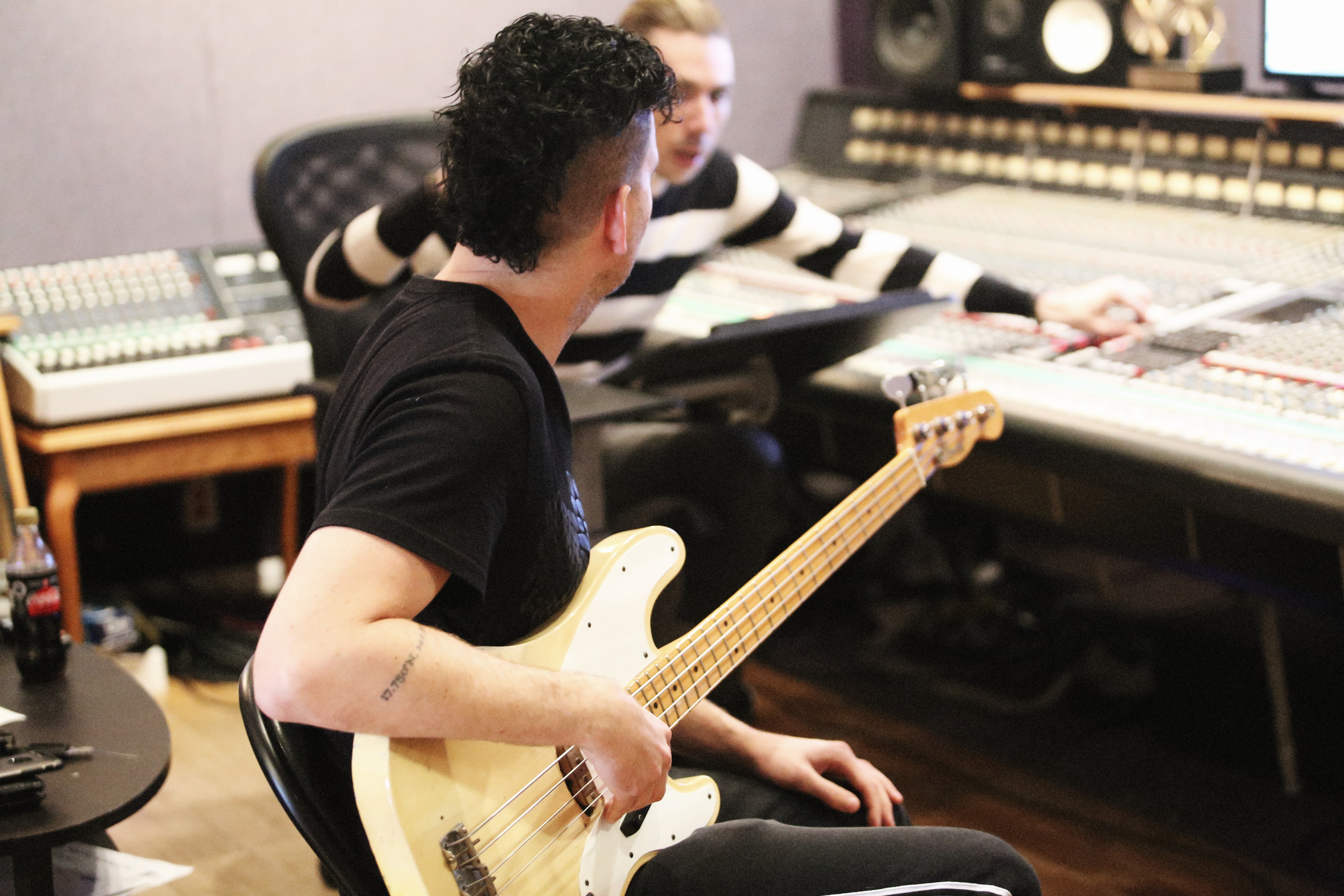
The Theremin does work on “Echoes of You,” a multi-layered masterpiece that features an orchestra, pitch-perfect vocal harmonies, and a chorus that builds each time it is sung to reach anthemic levels. It also features some of those synth-sounding guitars Ramsay alluded to.
“There’s tons of guitar in there,” he says. “There’s guitar and there’s all the strings. We used plug-ins to do filter suites and that’s where it starts to sound like it might be a synth, but it’s still on top of an acoustic instrument.”
Plug-Ins and Drums
Phantoms was recorded in two studios—Ramsay’s own The Umbrella Factory and The Warehouse, a large facility owned by Bryan Adams—both in Vancouver, BC.
The Umbrella Factory is centered around an SSL 4056 E Series console, which Ramsay describes as “super bad ass,” and a 12-channel Neve sidecar. He also has five banks of Wunder Audio inputs, as well as banks of API and Neve Portico inputs. For plug-ins, he relies almost exclusively on Universal Audio UAD, which, he says, “have been such a game changer in the last few years. I can’t say enough good things about that.”
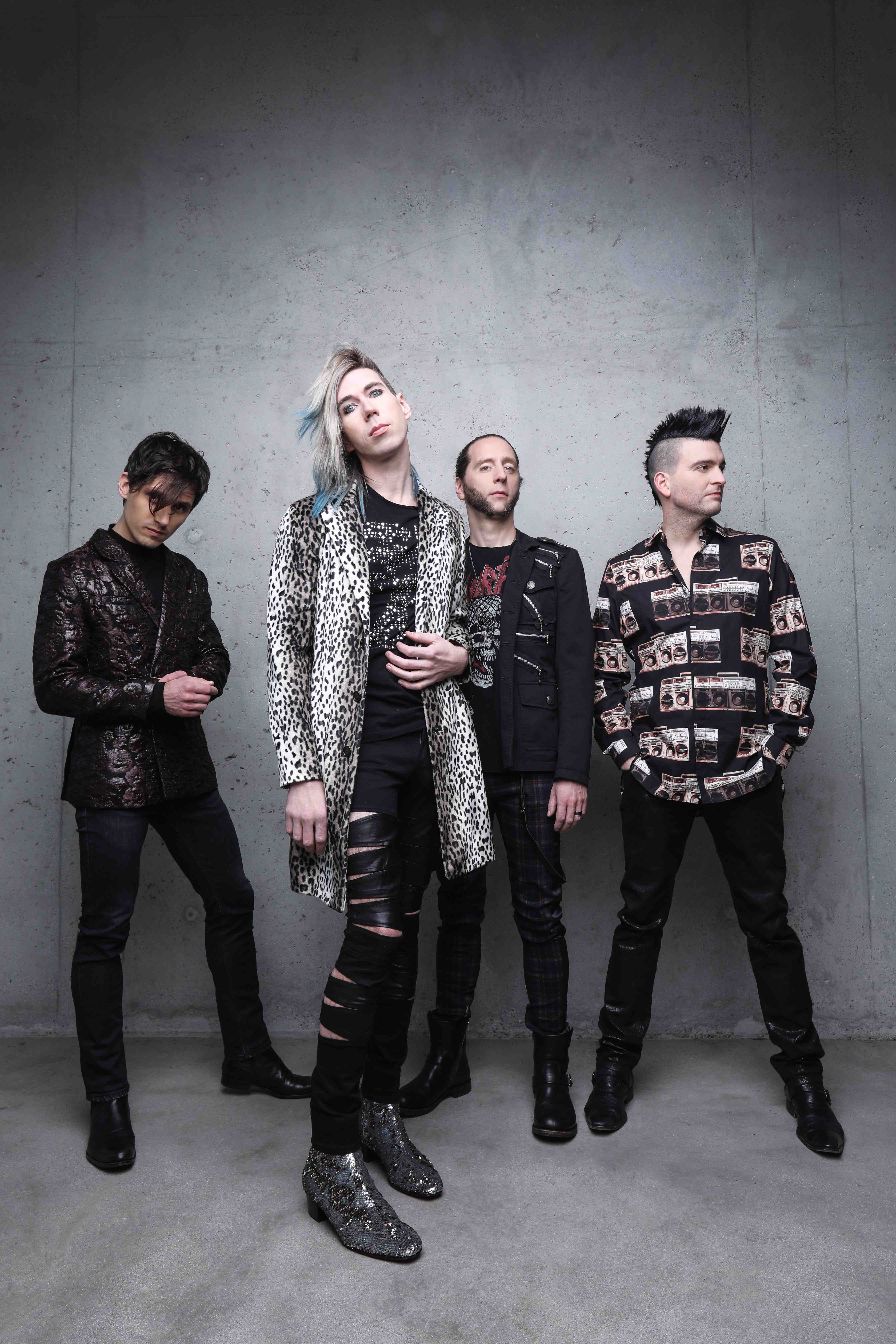
While The Umbrella Factory handled the lion’s share of the duties, the band headed over to The Warehouse for the orchestral enhancements and some last-minute recording.
“We had a couple of days [at The Warehouse] where we’re mixing downstairs and doing the last couple of drum tracks upstairs,” says Ramsay. “We did most of the drums at my place, but I think two or three songs we did at The Warehouse just because we had a time crunch.”
Ramsay likes to record the drums last because he doesn’t do any demos—he brings a melody to the band and they begin work on the track. “I’m starting to write the song when we start the session, and we just kind of build on it until it’s done,” he says. “I find it easier to program fake drums and record around that. That way if we need to make changes in the arrangement, it’s easier to change something that’s just programmed. Once you’ve committed to a live drum performance, it’s a little bit more difficult to change if I decide I want a different arrangement.”
The drums sound sharp throughout Phantoms, with a nice snap that comes through the mix. Ramsay credits the quality to drummer Ian Casselman’s skills, but has a unique technique for recording them. “My only real drum secret is that we record cymbals on a separate path to keep them out of the direct mics,” says Ramsay. “If you do it that way, then you can change the parts around a lot easier and you can really compress it without ruining your overhead sound. It just gives you way way more control.
“There’s one song called ‘Your Ghost’ where the the verse has this really cool drum groove going and it sounds like a bunch of programming, but it’s actually just me beatboxing on a microphone. And then we literally put blankets over each of the drums while Ian was hitting them so that they’re just weird and dead and tiny. That was a really fun one.”
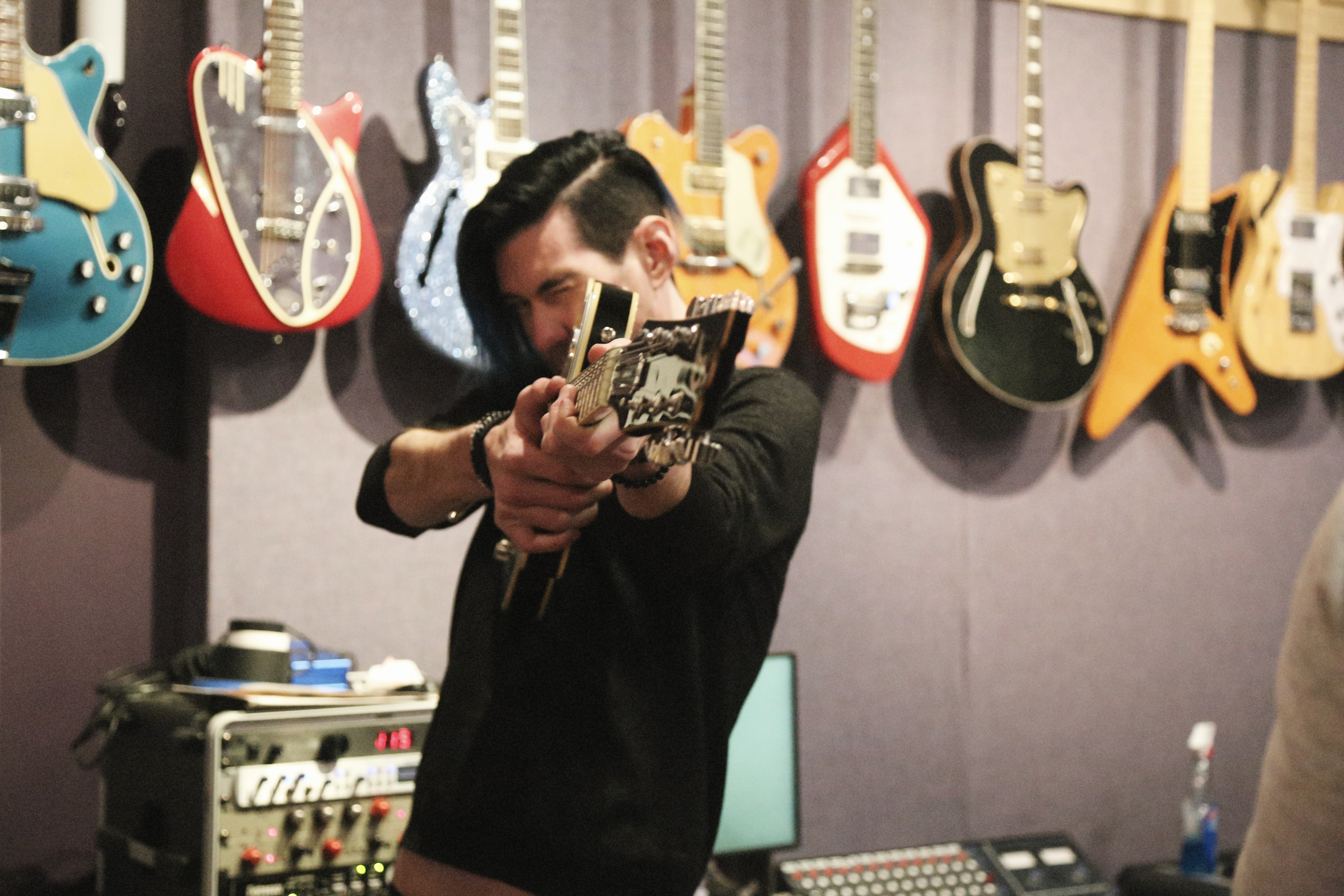
Phantom Harmonies
Another hallmark of a Marianas Trench album are meticulously performed and recorded vocals—both in Ramsay’s solo tracks and the group’s harmonies. These are highlighted in particular on the opening track, “Eleonora,” which sets the theme with an a cappella lament to lost love and descent into madness, and the final track, “The Killing Kind,” which has a Queen-like vocal sound to it.
“I pretty much exclusively sang on a vintage Neumann U87 going through the Wunder Audio pre going through the Distressor. That’s pretty much my core sound all the time,” he says. “Sometimes it’s just me singing all the parts; sometimes it’s me and Matt; sometimes it’s three of us; and sometimes it’s four of us. It depends on who’s there and what the part is. But the real key is that there is no Autotune—the second you Autotune you lose all the size because you get some really great natural coursing when it’s not perfectly in tune, and that’s the key to getting it to sound fat and big like that. Unfortunately, it’s very time-consuming as well.
“What is really important in those big pads is how you pan it, because if you can pan it wide, then you’ll get a big wide sound that way. But there’s also a real magic to when you just have the whole pad right mono—right in your face. If you listen to Queen, they would do that sometimes where there’s 10 voices or so, but it’s all mono right on top of itself, so it’s maximum choruses and you get a really huge sound that way.
“The other trick we would do sometimes—and this is where you definitely can’t Autotune—is, let’s say you’ve got a three-note pad. How we might do that is Matt, Mike [Ayley, bassist], and I will go into the booth together and we’ll each just sing the one part together, and then we’ll triple that. So you have nine voices singing that one note, and we’ll do that for each part, which is a very old-school ’70s way of doing it. We don’t do that on everything, but when the part dictates it, we’ll do it.”
Team Effort
While the multi-hyphenate Ramsay is the main creative force behind Marianas Trench, it is a collaborative effort. Dave Ogilvie co-mixed the album with Ramsay at The Warehouse. And, of course, there are his bandmates, who each assist in the songwriting and the creative decision making. As an example, Ramsay provides: “The first song we recorded was ‘The Death of Me.’ I had been working on it by myself for like a week and I sent it to Matt—it was just the first verse and chorus—and I asked what he thought about it. He said it was just five out of ten, which is not good.
“But then when I sat down at the piano and just sang the song, it sounded great. And then I realized I had made a huge mistake and I had recorded a dance song that was really a ballad. So I dropped it by about 20 beats per minute and the song got great.”
With Phantoms released and the band’s “Suspending Gravity” tour underway, it won’t be too long until Ramsay starts looking for his next musical theme. “That’s the fun of picking these themes, because I never ever would have thought, ‘You know what? This song needs more Theremin,’” he says. “I never would have made that choice if that wasn’t the theme that we were working with. So you get a sonic landscape of new places to look for inspiration each time you make an album, and that’s the fun of it.”
————————-
Growing Up Ramsay
If there’s a reason Josh Ramsay seems so comfortable in a studio, it might be because he was practically born in one. His father was one of the founders of Vancouver’s Little Mountain Sound Studios, where artists such as Aerosmith, AC/DC, Bryan Adams, and Metallica would go to work with producers that included Bruce Fairbairn and Bob Rock.
“I was always going to be a musician for sure—everyone in my family was a musician and I thought every grown up was a musician until I was 10 because that’s what I was so surrounded by,” says Ramsay. “My dad was a musician and basically him and his two friends started a company where they were writing jingles for people in advertising. They got sick of renting studio time, so they decided to build a studio and that was what became Little Mountain.”
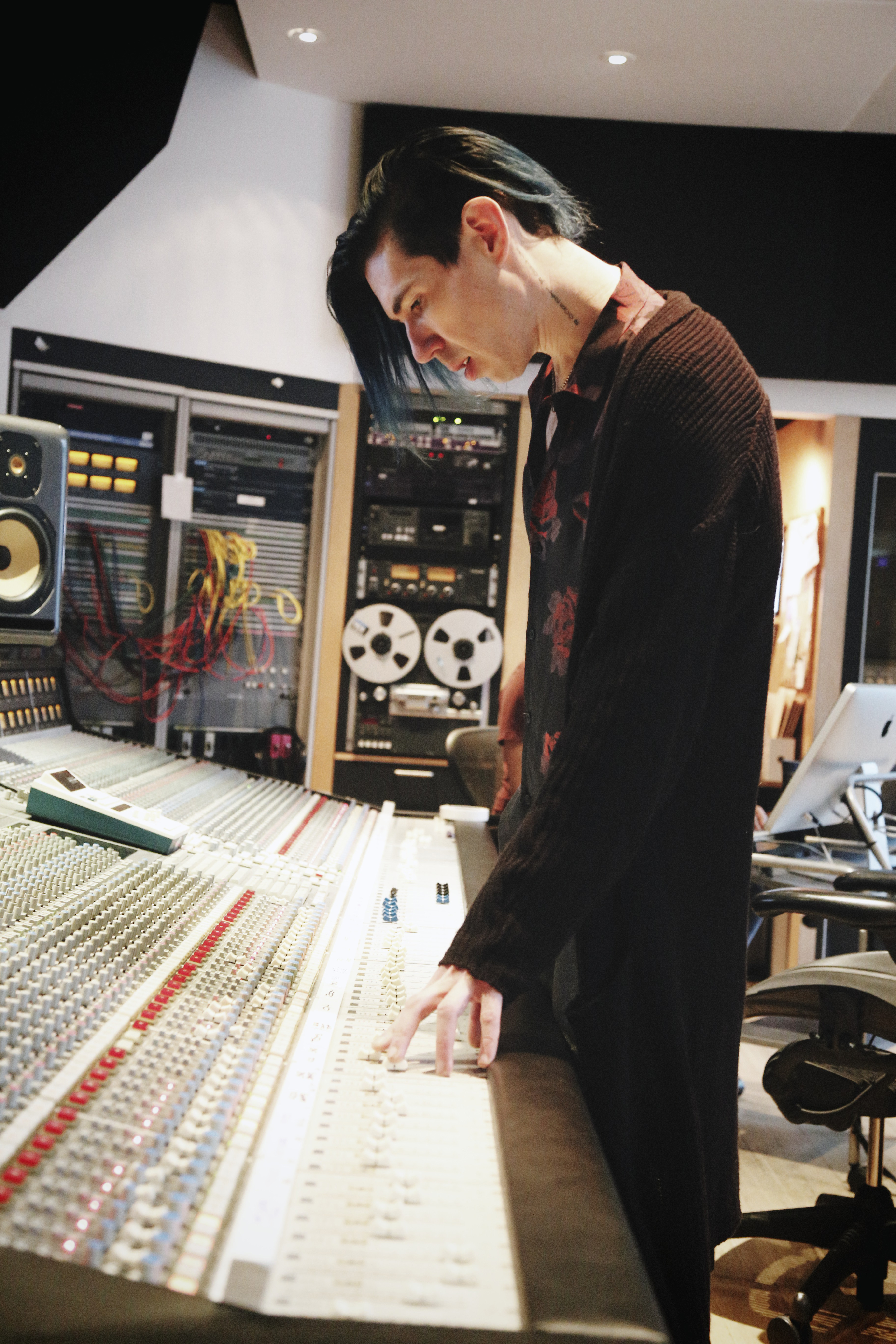
One of Ramsay’s memories from those days is how Little Mountain got an unusual addition thanks to Steven Tyler. “Steven decided he wanted to have a shower at the studio because they were working on a record there, and so he paid out of his own pocket to have a really nice—like five-star—bathroom with a shower installed in the studio.”
It was there and in his family’s home studio that Ramsay began his audio education, although technology has changed things quite a bit. “Thank god I’m not doing tape editing!” he says with a laugh. “I think the biggest thing that I took away from that time was to never be too set in my ways. There is no right or wrong way—there’s just trying all sorts of various techniques to get it to sound good.”

